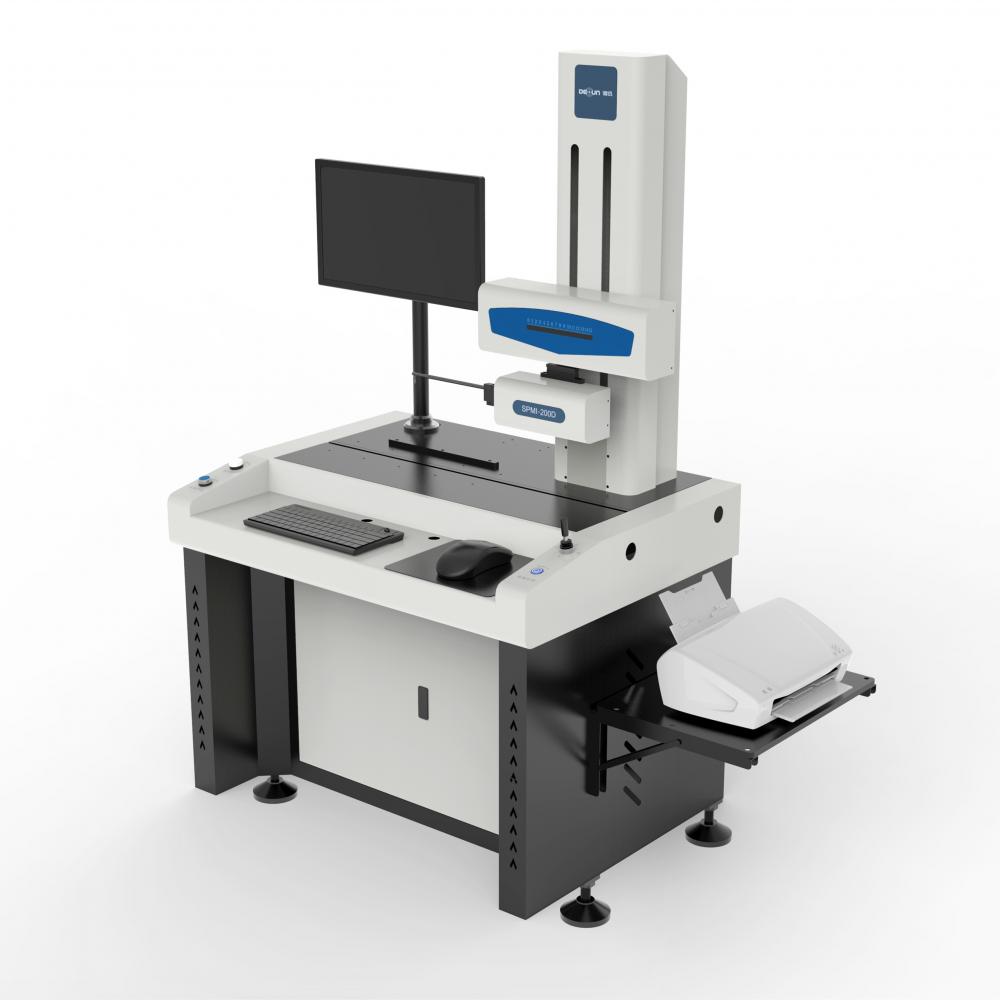Treatment of lung cancer, AXL kinase inhibitors reach clinical endpoint
Treatment of lung cancer, AXL kinase inhibitors reach clinical endpoint
January 12, 2018 Source: WuXi PharmaTech
Window._bd_share_config={ "common":{ "bdSnsKey":{ },"bdText":"","bdMini":"2","bdMiniList":false,"bdPic":"","bdStyle":" 0","bdSize":"16"},"share":{ }};with(document)0[(getElementsByTagName('head')[0]||body).appendChild(createElement('script')) .src='http://bdimg.share.baidu.com/static/api/js/share.js?v=89860593.js?cdnversion='+~(-new Date()/36e5)];Recently, BerGenBio, a biopharmaceutical company based in Bergen, Norway, announced that its clinical trial of BGB324 (bemcentinib) has reached its first efficacy endpoint. Bemcentinib is a selective AXL kinase inhibitor. This clinical trial evaluated the efficacy and safety of bemcentinib in combination with erlotinib in the treatment of patients with advanced non-small cell lung cancer (NSCLC) who have been approved for EGFR. Inhibitor.

Lung cancer is one of the leading causes of cancer death, and many lung cancer patients have human epidermal growth factor receptor (EGFR) mutations or overexpression/gene amplification. It is estimated that about 200,000 new cases of NSCLC will be diagnosed in the United States in 2018. Among them, about 15-20% of patients have EGFR mutations. In China, lung cancer is also the most common and causes the most cancer deaths. According to statistics, more than one-third of all new lung cancer patients worldwide are present in China. Moreover, EGFR mutations are particularly common in Asian NSCLC patients, and it is estimated that the proportion of EGFR mutations in Asian lung cancer patients can be as high as 30%-40%. These patients have poor prognosis and survival, and new treatments are urgently needed to alleviate the condition.
Mutations in EGFR result in sustained activation of the EGFR signal, which drives the growth of tumor cells. This signaling pathway can be effectively blocked using a tyrosine kinase inhibitor (EGFR TKI) that targets EGFR, such as erlotinib or gefitinib. However, almost all patients developed resistance to EGFR TKI after a period of treatment, leading to disease progression: the median progression-free survival of patients receiving EGFR inhibitors as first-line therapy was 10.2 months. The resistance of these tumors is produced by the development of additional mutations (such as the EGFR T790M mutation), but in nearly half of the patients there is no T790M mutation, and drug resistance is driven by a bypass mechanism. Currently, third-generation EGFR inhibitors against the T790M mutation have shown good results, giving hope to T790M-positive patients. However, T790M-negative patients still have urgent medical needs for new treatments. In addition, in patients with EGFR-mutant NSCLC who receive EGFR inhibitors as first-line therapy, there is also an unmet medical need for the purpose of preventing or delaying the development of drug resistance.
AXL is a tyrosine kinase receptor belonging to the TAM family. Recent studies have shown that activated AXL will help cancer cells develop resistance to erlotinib, while inhibiting AXL activity in cells can restore cell pairing. Sensitivity of erlotinib. Based on this, BerGenBio focused on the development of AXL kinase inhibitors in an attempt to develop it into one of the cornerstones of a combination of cancer treatments. The company's main product, bemcentinib, is a first-of-its-kind, highly selective, bioavailable oral AXL small molecule inhibitor.
The clinical trial, called BGBC004, was designed to validate the hypothesis that inhibition of AXL activity by daily oral administration of bemcentinib may reverse and prevent patients from developing resistance to erlotinib therapy. It is a multicenter, open-label clinical phase 1/2 study in which patients with stage IIIb or stage IV NSCLC are treated with bemcentinib and erlotinib to assess erlotinib as a non-first-line therapy and negative for the T790M mutation. The effect of reversing the resistance of EGFR-targeted therapy in patients with advanced NSCLC and the prevention of resistance to EGFR-targeted therapy in patients receiving erlotinib as first-line therapy. The trial consists of three arms:
• The A arm is intended to determine the daily dose of bemcentinib that can be safely combined with erlotinib in patients who have been treated with erlotinib. The current A-arm trial has been completed and a recommended dose for Phase 2 trials has been produced.
• The B-arm uses a Simon-like two-stage design to assess the ability of bemcentinib to restore NSCLC patients' sensitivity to EGFR-targeted therapy. Patients participating in this trial have previously received EGFR inhibitor therapy. And the EGFR T790M mutation was negative. The arm has been successfully completed, and the end of the efficacy announced this time is this stage. The result exceeded the end point established at the beginning of the B-arm test. In patients who completed at least one treatment cycle (n=9), the overall rate of treatment for the disease was 33%, preliminarily demonstrating that bemcentinib can restore the sensitivity of certain patients to EGFR-targeted therapy.
• The C-arm is used to assess the efficacy of bemcentinib in combination with erlotinib as a first-line treatment to prevent resistance to EGFR-targeted therapy. The arm is currently recruiting patients and is expected to receive mid-term results in mid-2018.
BerGenBio plans to present clinical data on BGBC004 at the 2018 International Conference on Cancer Research. Currently, bemcentinib is also evaluated in two other NSCLC clinical trials, including in combination with immunotherapy and chemotherapy in patients with NSCLC. Not long ago, BerGenBio reported initial positive data on the use of bemcentinib in combination with chemotherapy. Bemcentinib also conducts a phase 2 trial of combination therapy in patients with breast cancer, melanoma, and acute myeloid leukemia.

â–² Mr. Richard Godfrey, CEO of BerGenBio (Source: BerGenBio's official website)
Mr. Richard Godfrey, CEO of BerGenBio, commented: "The patients participating in the trial are still progressing with EGFR-targeted therapy, or there is no T790M resistance mutation, they are a very challenging patient group. The clinical trial of BGBC004 can be The initial clinical endpoint in this patient population is an important demonstration of the hypothesis that AXL selective oral inhibitors can effectively restore sensitivity to EGFR-targeted therapies."
We look forward to seeing new developments in bemcentinib clinical trials at the upcoming medical conference and hope that it will bring good news for cancer patients to fight resistance soon.
Reference materials:
[1] BerGenBio Meets First Efficacy Endpoint in Phase II Trial With Selective AXL Inhibitor BGB324 (bemcentinib) in NSCLC
[2] Activation of the AXL kinase causes resistance to EGFR-targeted therapy in lung cancer
[3] Axl-EGFR receptor tyrosine kinase hetero-interaction provides EGFR with access to pro-invasive signalling in cancer cells
Roundness Measuring Instruments
Roundness meter is a length measuring tool for measuring roundness using the rotary axis method. The roundness meter is a measuring tool for measuring the roundness error of the workpiece using the rotary axis method. Roundness tester is divided into two types: sensor rotary type and workbench rotary type. During measurement, the measured part is installed concentrically with the precision shaft system, and the precision shaft is attached with an inductive length sensor or a workbench for precise circular motion. It is composed of sensor, amplifier, filter and output device of the instrument. If the instrument is equipped with a computer, the computer is also included in the system.Roundness Tester
The principle of the roundness meter is the same as that of the coordinate measuring machine. In fact, its working principle is very simple. The coordinate measuring machine is a point acquisition tool. Its principle is to collect points first, and then form a line from points, and then form a three-dimensional model from lines. CMM is a kind of measuring equipment that has a guiding mechanism, a length measuring element, a digital display device in three mutually perpendicular directions, and a worktable that can place the workpiece (not necessarily large or huge). The measuring head can be moved to the measured point easily by manual or motorized means, and the coordinate value of the measured point is displayed by the reading device and the digital display device. Obviously, this is the simplest and most primitive measuring machine. With this measuring machine, the coordinate value of any point in the measured volume can be displayed through the reading device and digital display device.

Roundness Measuring Instruments ,Roundness Measuring Machine,Instrument Used To Measure Roundness,Roundness Tester
Zhejiang dexun instrument technology co., ltd , https://www.dexunmeasuring.com
